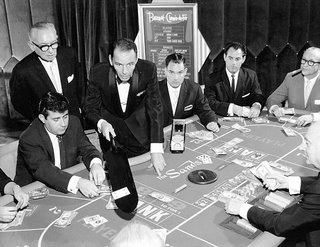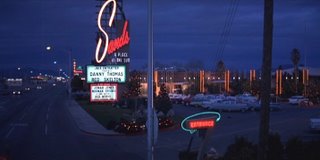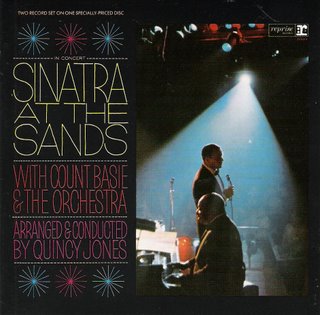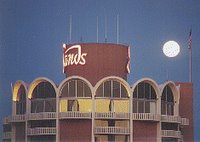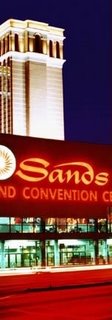
From Bob McCaffery's The Aviator Howard Hughes:
On July 7, 1946, Hughes had arranged a test flight demonstration and hanger party with high-ranking military, socialites and the media present with the hopes of selling this sleek aircraft to the government. Hughes test flew the XF-11 over the Los Angeles area for an hour and a half. The aircraft’s performance had exceeded his expectations, when suddenly he ran into mechanical difficulties. The governor mechanism on the right engine failed, reversing the propeller pitch. Hughes attempted every possible flight maneuver to maintain flight altitude. Hughes said; “it felt like a barn door was hanging on my right-wing". Rapidly losing altitude, Hughes tried to reach a golf course for an emergency landing. "I knew I wasn't going to make it so I propped my feet on the dash panel and went in". The crash destroyed several homes in Beverly Hills.

The recovered airspeed indicator had stopped at 155 mph, an impact that would kill most men. A Marine Sergeant, William Lloyd Durkin, reached Hughes in time to pull him from the burning wreckage. For his heroic effort, Durkin received a weekly paycheck until he died. Hughes was severely injured with a broken leg, multiple cracked ribs on his left side (I've read elsewhere that he broke every single rib), a dislodged heart, a fractured skull, burns and abrasions over 65% of his body. He was given a 50-50 chance to survive.

While Hughes was recovering in the hospital, he instructed the medical staff that he was only to be given fresh squeezed orange juice prepared while he watched. He also prepared sketches for his engineers and designed what is now the modern-day hospital bed so he could turn himself because of the burns.
Two months later, Howard Hughes successfully flew a second XF-11 to prove the design and flight worthiness of the airplane. He was truly a gutsy, fearless aviation pioneer.
That horrific crash literally zapped the energy and life spirit from this truly ingenious and brilliant human being. His gradual use of medications to the ease the pain of his injuries became an addiction that fueled his need for seclusion and absolute privacy.
The XF-11 crash is, of course, the centerpiece of the brilliant Scorsese flick (another one!), The Aviator.










